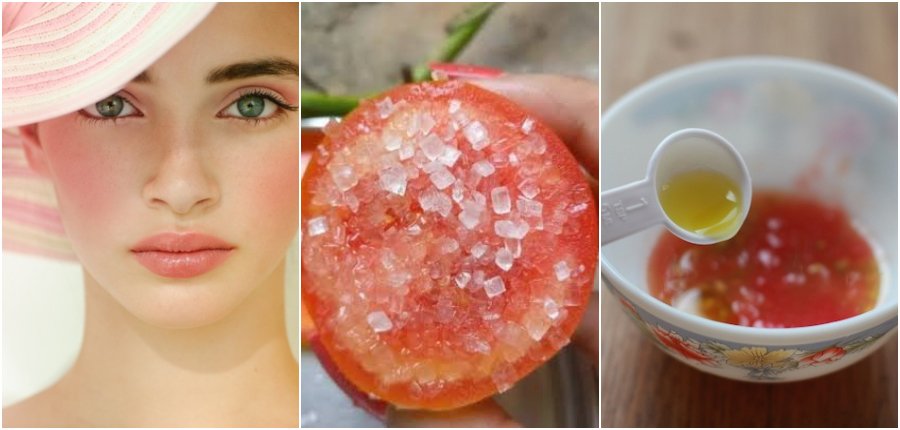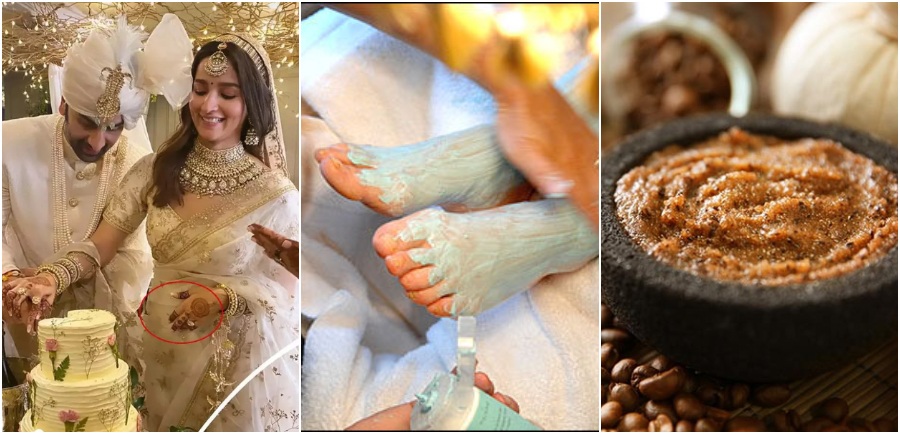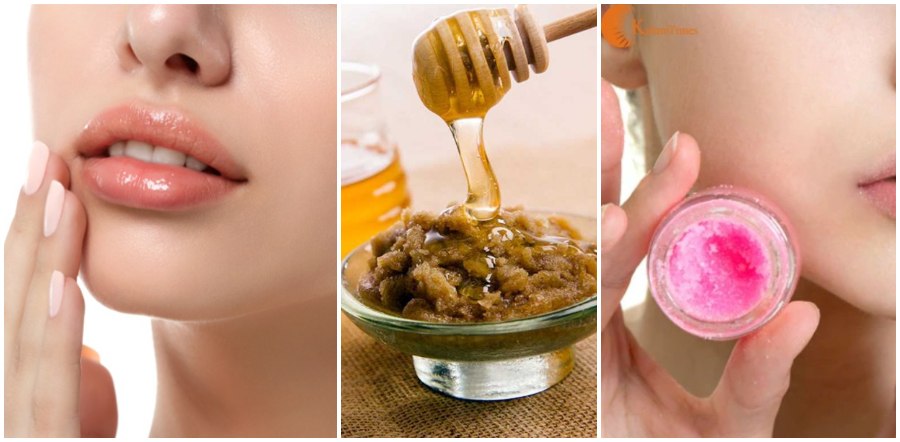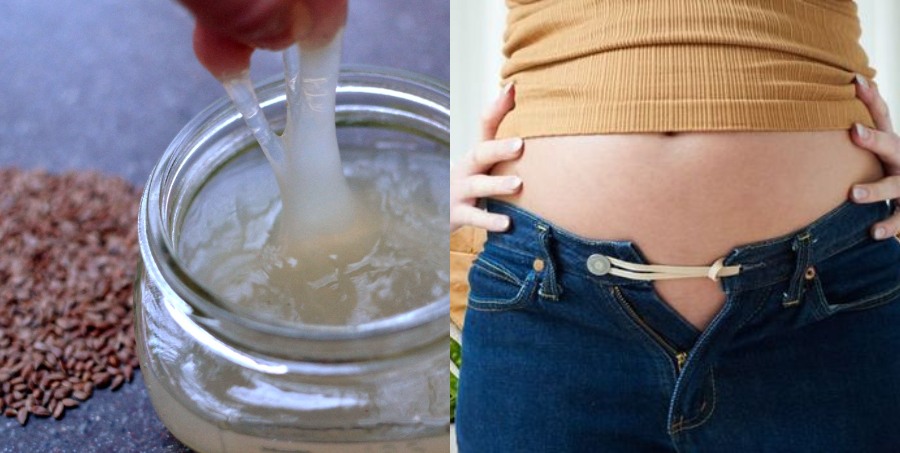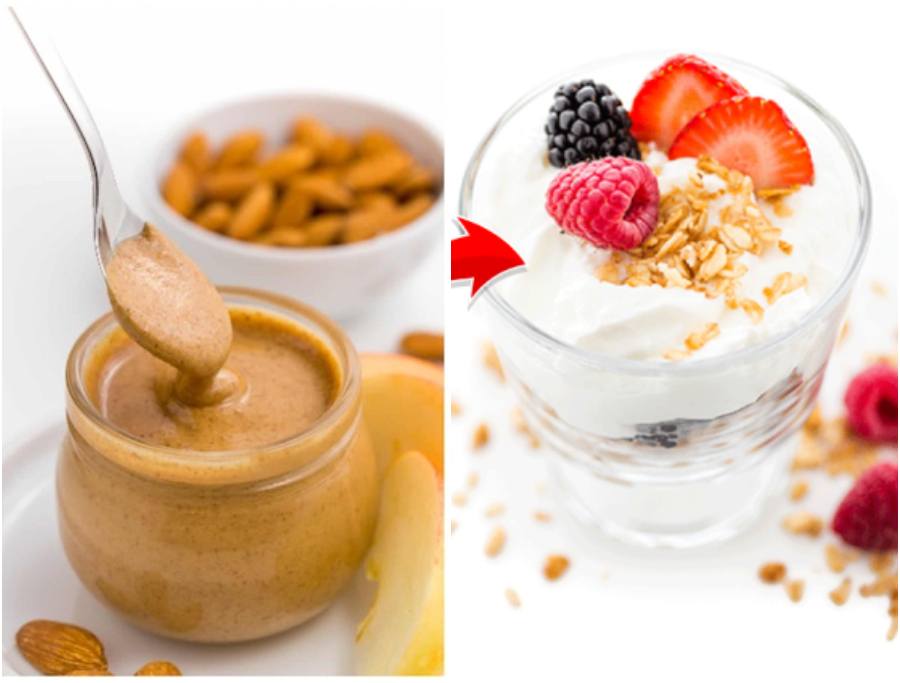Please don’t raise your eyebrows when we say, certain “acids” can give you clear and flawless skin. You might have heard about chemicals peels with high concentration of acids (ranging anywhere from 20% to 50%), done under a doctor’s supervision, which can skin to peel away in patches, scary, right? But chemical peels do work if done by a certified doctor, but for those of us, who cannot think of skin peeling away drastically, lesser concentrations when used regularly can work just as well. In this post, we would list out 10 best acids that when taken in low concentration work to clear skin issues like acne and scars, tackle congestion, smooth fine lines, improve texture, reduce hyperpigmentation, reduce facial pores, and some can even brighten up skin tone. These acids are usually derived from fruits and plant-based sources and that makes them all natural. They weaken up the cellular glue and reveal healthy cells from beneath. Let’s get into more details and check out the best acids to include in skincare routine for clear skin.


Why to use Best Acids in Skincare Routine:
- Helps clear congestion.
- Helps improve textural irregularities of the skin.
- Exfoliates skin.
- Moisturizes skin.
- Improves the appearance of age spots, melasma, and hyperpigmentation.
- Clears acne.
- Brightens skin.
Categories of Acids:
1. AHAs (Alpha Hydroxy Acids): AHAs are a group of water-soluble acids that are basically extracted from fruits high in sugar. They exfoliate skin by loosening up the bonds that hold dead and damaged skin cells together. In doing so, they improve the skin’s tone, texture, as well as the appearance of fine lines. The most common alpha hydroxy acids are lactic, glycolic, malic, mandelic, tartaric and citric acids. AHAs help to even out skin tone, add radiance, and helps refine skin’s texture. Glycolic acids penetrate the damaged layer of skin, exfoliate and clear off dead skin cells to reveal smoother and fresh skin.

2. BHA (Beta Hydroxy Acid): Beta hydroxy acid is a lipid soluble acid and that’s why this group of acids is more effective on oily skin. BHAs also exfoliate skin and reduce the appearance of pores.
3. PHAs (Poly hydroxy acids): This group of acids have large particle size and penetrate the skin slowly and include lactobionic acid and gluconolactone. It helps with gentle exfoliation.
Tips Before using Acids in Skincare Routine:
1. Always do a patch test, as you do with any new skincare or makeup product, to rule out any allergic reaction to that particular product.
2. Using a face wash with an acid that you want to try would be a good idea. For example, there are many face washes with salicylic acid, glycolic acid in Indian markets that you can try to let your skin get adjusted to the acid.
3. Definitely use a good sunscreen when you have started any acid in your skin care routine. Acids can make your skin sensitive to sun, hence avoid exposure and when you are out, do not miss the sunscreen.
4. Start with the lowest concentration of the acid, so as to not irritate or inflame the skin. Once your skin gets used to the acid, you can increase the strength the acid.
15 Best Acids to Include in Daily Skincare Routine for Clear Skin:
1. Glycolic acid: Glycolic acid is a type of Alpha Hydroxy Acid which is derived from sugar cane. Glycolic acid exfoliates the skin and also helps boost collagen production. It helps to remove the topmost layer of dead or damaged skin cells by dissolving dead skin cells, and help reveal skin that is smoother, softer, with minimal flaws. Glycolic acid is commonly used in face washes, face packs, creams, serums, and even face masks. Suitable for: All skin types. Recommended Dosage: From 2% to up to 10%.
2. Salicylic acid: It’s a beta-hydroxy-acid and helps to deeply exfoliate skin. It helps in dissolving the hard keratin layer of skin. Salicylic acid works best on whiteheads and blackheads. Also, clears pores, reduces acne and pimples. It helps build elastin and collagen. Salicylic acid is apt for combination, oily or acne prone skin. Salicylic acid is oil-soluble and can penetrate into the pores. Salicylic acid unclogs pores, and clear acne, keeps skin clear. Recommended Dosage: Starting from 0.5% to up to 2% (not more than that). Suitable for: Oily, normal, all skin types.
3. Hyaluronic acid: Hyaluronic acid is a powerful humectant that revitalizes skin. It boosts collagen level, improves skin texture and elasticity, smoothes out fine lines and wrinkles. It also retains moisture in the skin, so apt for dry skin. Suitable for: All skin types.
4. Caprylic acid: Caprylic acid is a fatty acid found mainly in coconut oil. It helps to treat acne and fight infections.
5. Lactic acid: It’s an alpha hydroxy acid that is mainly used to treat hyperpigmentation, melasma, age spots. It also reduces the appearance of pores and improves skin tone. It can also stimulate collagen and make skin firm. Suitable for all skin types. A concentration of 10% and less is generally considered safe.
6. Ascorbic Acid (Vitamin C): It’s a star ingredient in many skin-brightening creams and serums. Ascorbic acid brightens skin tone, has anti-ageing benefits, protects skin from free radicals. It also helps boost collagen production and improves skin’s texture.
7. Vitamin A or Retinol: Retinol is a star ingredient. It is a form of vitamin A that boosts collagen production and makes skin firm and smooth. It also helps to clear acne and inflammation. Retinol stimulates cell turnover and reveals flawless skin with regular use.
8. Kojic acid: Kojic acid is commonly found in rice and soy. It inhibits melanin production and that’s why works on hyperpigmentation and melasma.
9. Mandelic acid: Mandelic acid is a mild exfoliant from the group of alpha hydroxy acids. It’s molecule is two times bigger than glycolic acid and hence safe for even sensitive skin types. Mandelic acid is derived from bitter almonds and improves the signs of ageing, acne, and pigmentation.
10. Azelaic acid: Azelaic acid is an unsung hero which has not gotten its due respect yet. It’s considered a safer alternative to a popular skin de-pigmenting ingredient, hydroquinone, which has long-term side effects. Though azelaic acid is primarily used as an anti-acne ingredient to soothe and calm irritated skin and to clear blocked pores with its anti-bacterial properties, it has emerged that azelaic acid can also brighten and lighten up skin tone. It is naturally found in barley, wheat, etc. Suitable for all skin types, especially acne-prone and sensitive skin. A dosage of up to 10% is safe to be applied topically.
11. Trichloroacetic acid: This acid is mostly used by professional treatment centers or by doctors to treat freckles, hyperpigmentation, acne scars, and to smooth out wrinkles and fine lines
12. Tartaric acid: It’s an AHA that exfoliates skin and improves the skin’s texture. It also has antioxidant properties. Safe for all skin types.
13. Alpha lipoic Acid: Alpha lipoic acid is a strong antioxidant, fights free radicals, and improves skin’s appearance, repairs skin’s texture. It can also reduce pores size and smoothen out fine lines. This formulation uses an exceptionally high 5% concentration of high-purity Alpha Lipoic Acid. Safe for all skin types.
14. Tranexamic acid: It is gaining popularity as an acid that can treat melasma, skin discoloration, hyperpigmentation. Safe for all skin types. Recommended Dosage: Not more than 5%.
15. Malic Acid: It’s an alpha hydroxy acid and is derived from apples. It is used in combination with other alpha hydroxy acids. It reduces the appearance of wrinkles, fine lines to reveal smoother skin. Suitable for: All skin types.

